EMQ » July–September 2022 » Volume 58 Issue 3
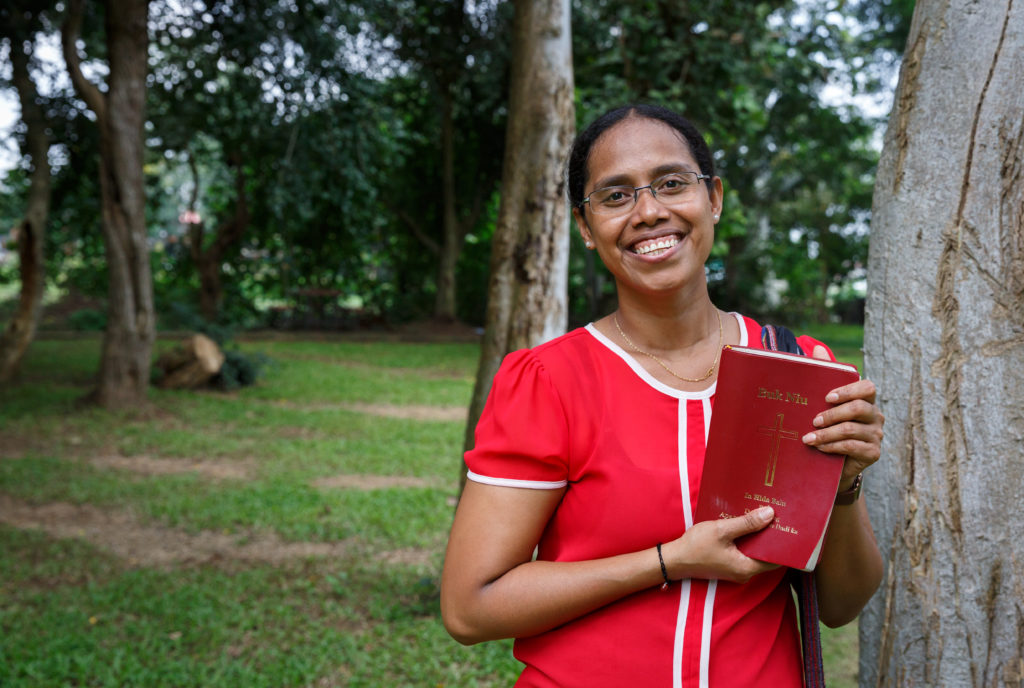
Translating the Whole Bible
Many language communities around the world that only have the New Testament are asking for the Old Testament, but resources to do this are scarce. However, for the New Testament to be fully understood and enculturated, translating the Old Testament must be prioritized.
By Peter Yuh Kimeng
My passion for languages developed when I was a student. During my university studies in Cameroon’s capital city, I worked a few summers for SIL International’s branch in the central African country of Cameroon. SIL is a well know translation and linguistics research organization, and while I worked for them, I fell in love with what they were doing.When I told the then SIL Cameroon branch director of my desire to join SIL and become a Bible translator, he said, “Sorry, Peter. I don’t think you can become an SIL member because all our members come with their own financial support.” My dream seemed to die then and there.
When I finished my degree, I moved to a town in northern Cameroon that borders Chad to teach English as a foreign language at a high school. A Swiss man, also named Peter, was assisting as a pastor at the church I attended. I discovered that he and his wife, Ruth, were also Bible translators. One day after church, Peter and Ruth invited me for supper. While I was at their house, Peter brought out a book and said to me, “Peter, here is the New Testament we were working on. It has just arrived from the printer.”
That New Testament looked so beautiful and special. Almost without thinking, I responded to my hosts, “If I could translate the New Testament into my language like this, I will know that my work on earth is done.” Eventually, I joined the Cameroon Association for Bible Translation and Literacy (CABTAL) to translate the Bible into my own language – Kom.
In 2004 I held a copy of the completed Kom New Testament in my hands. My community and I finally had God’s Word in our language. It was enthusiastically received. It was so rewarding to see people reading the Bible with so much excitement and to watch them be blessed and transformed by it. However, the completion of the New Testament did not leave me feeling like my work on earth was done. Instead, my desire to translate the rest of the Bible into Kom began to grow.
The State of Old Testament Translation
According to the Wycliffe Global Alliance 2021 Scripture Access Statistics,[1] less than 50 percent of the world’s languages have a portion of Scripture, and less than a third have a New Testament. But what worries me most is the fact that less than 10 percent have a complete Bible with both the Old and New Testaments.
Many people who saw me after the publication of the Kom New Testament asked me, “When are you going to translate the rest of the Bible? Rather than immediately continuing, I left the village and began to work as a Bible translation consultant for other languages. Over 25 years of practice, I helped substantially in the translation of six New Testaments, but only a few books of the Old Testament.
In 2016, while serving as a consultant for the Oroko translation project, the translators asked me if they could include the book of Genesis in their publication of the New Testament. I was not sure if that was a good idea. “Where will they put Genesis – after the book of Revelation or before the book of Matthew?” I wondered. If they asked me that now, I would respond differently.
Like the people in my own language community, many around the world that only have the New Testament are asking for the Old Testament. I wish the whole Bible was available for all of these communities. But we must contend with a certain tension. The Old Testament is about three times longer than the New and perhaps just as many times more difficult to translate. Add to this the revision of the New Testament that normally accompanies the translation of the Old, and the task does not become easier. Certainly, that is one reason why few translators and Bible agencies are interested in going on to translate the Old Testament once they are done with New.
Another important reason rests behind not doing it, and it’s not always stated. Bible translation agencies are often confronted with scarce human and material resources. With so many language communities lacking any scripture, Old Testament translations are frequently not viewed as a strategic priority. Coupled with this is the fact that funders who enthusiastically give to New Testament projects, may lack interest in providing funding for longer and more involved Old Testament translation projects. So, translators who want to continue to work in translation often quickly move on to work with another language community or become Bible translation consultants.
Why Does the Old Testament Matter?
A United Bible Societies consultant once shared with me that from his perspective limiting translation work only to the New Testament risks people in Africa encountering only a Western, spiritualized Christ. And then he emphasized that the Old Testament is essential for an encounter with Christ which is both Christian and African to occur.
The Old Testament is essential for an encounter with Christ which is both Christian and African to occur.
Furthermore, in Africa, as well as in many other places, people enjoy teaching and learning through stories, and the Old Testament is full of such breathtaking stories. This alone creates an important impetus to translate it. The creation story, and stories about Noah, Abraham, Sodom and Gomorrah, and Jacob, as well as many other narratives found in Old Testament books, are mentioned again and again by the New Testament writers. Examples are drawn from the lives of these characters to teach some of life’s most important lessons. These Old Testament stories also provide key insights into God’s character that shed light on New Testament truths.
Another Bible translation consultant from Africa called the Old Testament “the dictionary of the New.” I agree with him. Most New Testaments in minority languages in Africa include an extensive glossary. A quick glance at one reveals so many entries directly from the Old Testament: Adam, altar, Sabbath, Passover, sacrifice, Bethlehem, etc. The glossary can be a way to compensate for the absence of the Old Testament.
Yet this is not always effective because readers are likely to give up reading these passages rather than turn to the glossary every now and then to understand them. This is particularly true when a reader comes to the New Testament afresh from traditional religion or another major religion. With little to no previous exposure to Christian faith, they are left without critical Old Testament context which leaves the New difficult to comprehend. If clear understanding is one of the main goals of translation, then enjoying and receiving the messages of the New Testament in their fullness requires having access to the Old.
If clear understanding is one of the main goals of translation, then enjoying and receiving the messages of the New Testament in their fullness requires having access to the Old.
Shortening the Timeline
Aloo Mojola, a Kenyan Bible translation expert, explains in his article, “Bible Translation in Africa,” that for many of the languages in Southern Africa, “the many years of civil war [. . .], notably in Angola, Mozambique, Namibia, as well in South Africa during the anti-apartheid struggle, were both difficult and tragic in every way, not least for the Bible cause” because they caused many translation projects to be abandoned. Sadly, there is no shortage of wars, especially, and paradoxically, where Bibles are most needed.
The slow pace of translation work in many regions of Africa is best explained by the fact that the twentieth century was the missionary era in Bible translation. In this epoch, missionaries needed several years to learn a language before engaging in translation. The twenty-first century gave rise to the mother tongue translator era in translation. The turn of the century also marked a period of greater access to higher levels of education in many target language communities, significant advancements in our understanding of linguistic science, and noteworthy technological developments.
Local speakers bring a deeper understanding of their language and culture to their translation work. Improvements in linguistic science result in alphabets and writing systems that can be produced in record time. And the use of translation software, such as Paratext and AdaptIt, means translation can happen with a speed and efficiency never seen before. These advancements mean translations of New Testaments can be completed faster and attempts at whole Bibles are much more doable.
However, as I and my translation colleagues experienced as we started translating the Old Testament into Kom, far fewer translation resources for Old Testament books exist than for the New. This is why, as a translation consultant, I decided to participate on an SIL project team which aims to produce simple guides for translating Old Testament books as fast as possible.
We Must Proceed Differently
Jesus pointed to the importance of the Old Testament when he said the following recorded in Matthew 5:17–20 (ESV): “Do not think that I have come to abolish the Law or the Prophets; I have not come to abolish them but to fulfill them. For truly, I say to you, until heaven and earth pass away, not an iota, not a dot, will pass from the Law until all is accomplished. Therefore, whoever relaxes one of the least of these commandments and teaches others to do the same will be called least in the kingdom of heaven, but whoever does them and teaches them will be called great in the kingdom of heaven.”
The Apostle Paul affirms this in 2 Timothy 3:16 (ESV): “All Scripture is breathed out by God and profitable for teaching, for reproof, for correction, and for training in righteousness.”
We need to take heed of these words from Jesus and Paul. Acknowledging that twice as many languages have New Testaments than the Old reveals a critical deficit in global theological comprehension. In the absence of the Old Testament, readers struggle to understand the message of the New. They lack essential background knowledge that sheds light on the frequent references in the New Testament to Old Testament characters, places, and events.
In the absence of the Old Testament, readers struggle to understand the message of the New.
When the Old Testament is neglected, many communities end up with only the New Testament. In other cases, the Old Testament comes only after the generation of readers who received the New Testament is already gone. The new generation of readers often speaks quite a different form of the language requiring a full revision of the New Testament to take place along with the translation of Old. All of this underscores the critical need to prioritize translating all or at least part of the Old Testament at the same time as the New Testament.
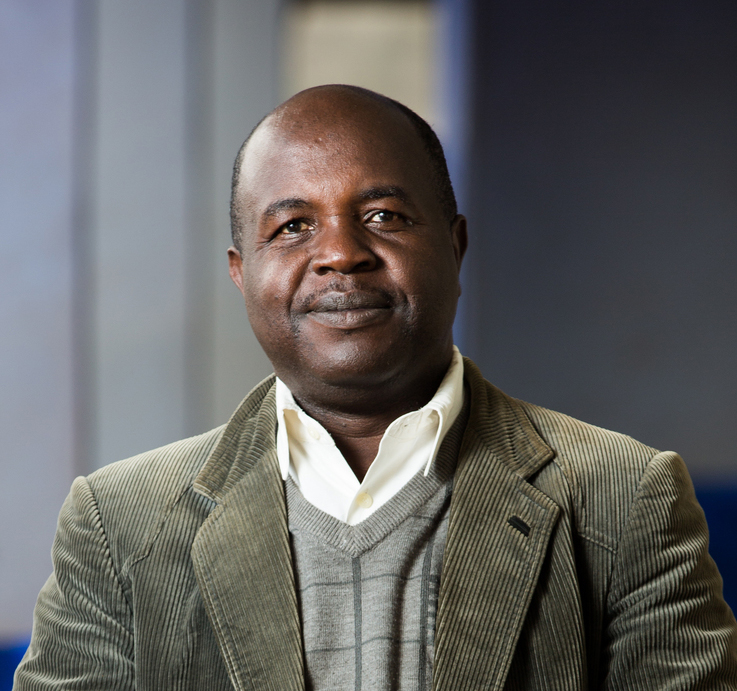
Peter Yuh Kimeng (peteryuhson@yahoo.com) has a master’s and PhD in translation from African International University. Peter was the lead translator of the Kom New Testament between 1994 and 2004. He is currently coordinating the translation of the OT into the same language. He is also an adjunct faculty member at African International University and Cameroon Baptist Theological Seminary, where he served as Academic Dean for two years.
BIBLIOGRAPHY
Arichea, Daniel. 1990. “Theology and Translation: The Implications of Certain Theological Issues to the Task of Bible Translation.” In Bible Translation and the Spread of the Church. Edited By Philip C.Stine. Leiden. Brill.
Mojola, Aloo Mosotsi. 2007. “Bible Translation in Africa.” In A History of Bible Translation. Edited by Philip A. Noss. Roma. Edizioni di Storia.
Schaaf, Ype. 1994. On Their Way Rejoicing: The History and Role of the Bible in Africa. Carlisle, Cumbria.
Wenham, Gordon J. 2000. Story as Torah: Reading the Old Testament Ethically. Edinburg. T&T Clark
NOTES
[1] “2021 Scripture Access Statistics,” Wycliffe Global Alliance, accessed February 27, 2022, https://www.wycliffe.net/resources/statistics.
EMQ, Volume 58, Issue 3. Copyright © 2022 by Missio Nexus. All rights reserved. Not to be reproduced or copied in any form without written permission from Missio Nexus. Email: EMQ@MissioNexus.org.



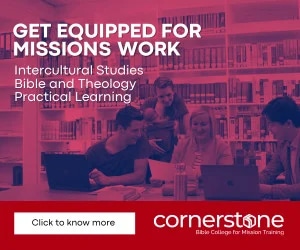
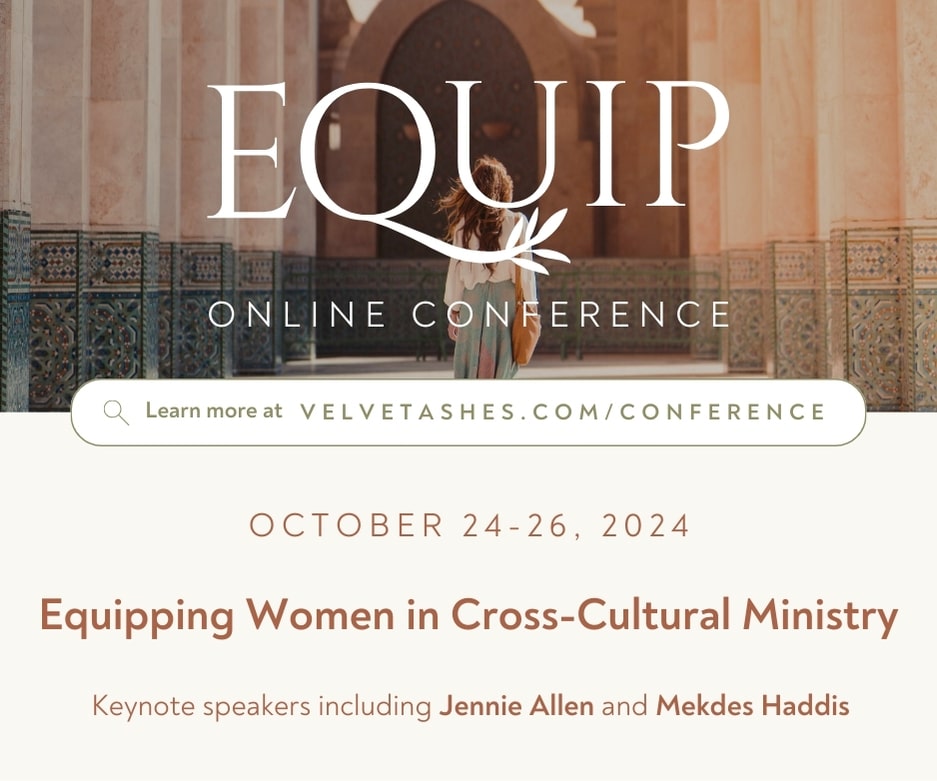
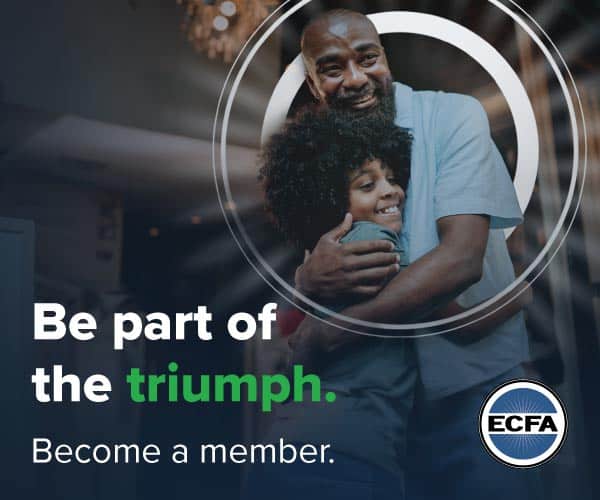
Responses